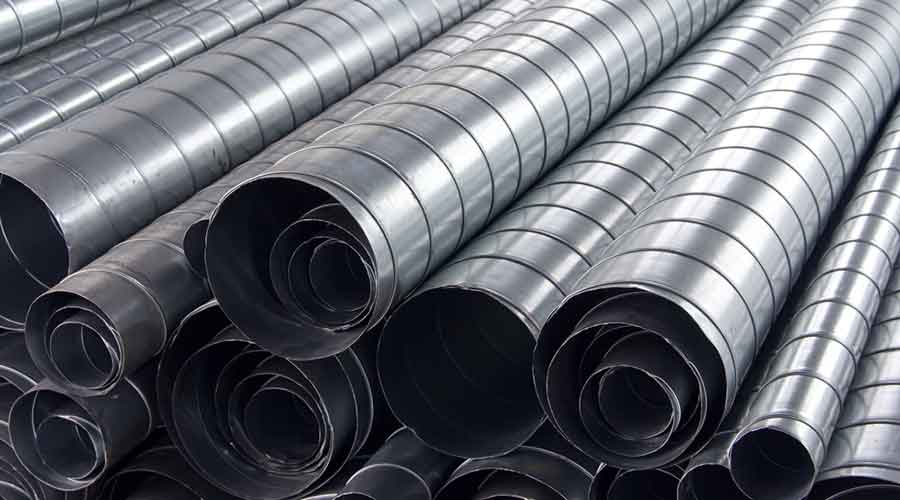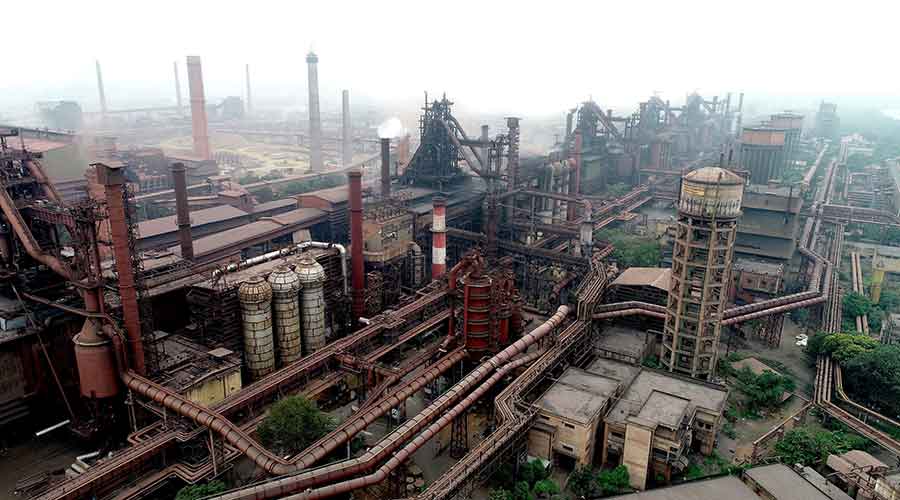Steel prices are expected to remain high in the coming months on the back of higher international steel and iron ore prices. The prices of hot-rolled coil (HRC) are expected to go up by at least Rs 3,500-4,000 per tonne in April 2021, analysts have estimated.
A Rs 4,000-per-tonne hike will take domestic HRC prices to Rs 59,000-60,000 per tonne, which would be the highest since 2008, they said.
Steel prices in the world are at an all-time unprecedented high because of a steep increase in the prices of iron ore as well as strong growth in steel demand from China, India, the US, Europe and other emerging markets as global markets recover from a year-long slowdown with the reopening of business activities and the vaccination drive, Care Ratings said.
Motilal Oswal expects domestic HRC prices to see a hike of another Rs 2,000-3,000 per tonne in April. A continuing surge in global demand and tightness in supply due to supply-side issues and production curbs in China has helped regional steel rates.
Edelweiss Research said production cuts in Tangshan and lowering of VAT rebates on exports in China are the primary drivers of the continued price uptick, and these measures are likely to stay in place as reduction in peak emissions by 2025 is high on authorities’ agenda.
“Chinese authorities are taking steps to ensure that the country meets its commitment of peak carbon emissions by calendar year 2025. Hence, we believe that production cuts in Tangshan and reduction of export rebates are likely to stay put. This is expected to reduce Chinese production by 22 million tonnes in 2021 —bulk of which is expected to reduce exports,” it said.
While this upward cycle in steel prices brings relief to the domestic steel companies that were grappling with low demand and stagnant prices, end-users are worried about a steep increase in their raw material cost.
Higher raw material costs may also cause inflation to rise which will have a cascading effect on consumers.
Among the worst-hit sectors are the automobile and infrastructure sector. The construction and real estate sector accounts for almost 55-60 per cent of total steel consumption followed by the auto sector which accounts for nine percent and capital goods and consumer durables with a share of 8 per cent and 6 per cent, respectively.
Most of the top auto manufacturers are expected to take a second price hike in the range of 1-3 per cent in April 2021 after already having taken 3-4 per cent hike this year, to offset the impact of higher steel cost. The ministry of highways and construction has said that higher input cost can affect the viability of some construction projects.












